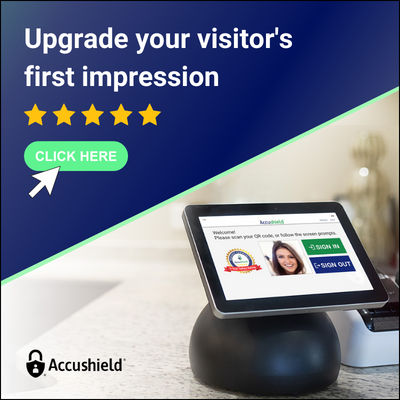530 conversations with residents and families about pricing changes . . . and not one resident left!
By Susan Saldibar
It’s always interesting to hear how people got into senior living. Many never expected to end up in senior care but sort of got hooked on it through one path or another.
Heidi Elliott, VP of Operations for Welcov Healthcare, got her first taste of senior living as a traveling speech pathologist contracted to provide therapy in several skilled nursing facilities. She continued her career in management for a national contract therapy provider, where she partnered with Welcov Healthcare as the therapy account manager. Welcov Healthcare is large and growing, with 37 skilled nursing facilities, 15 assisted living communities, 3 independent living communities and 7 home health agencies.
So when the VP of Operations position for Welcov’s 18 senior living communities and its home health agencies became available, Heidi went for it. And got it . . . along with all its challenges.
18 locations; 18 different ways of doing things. Not good.
And there were plenty of challenges for the 18 assisted and independent living communities. But, fortunately for Heidi, Welcov was already starting to lay the groundwork to update their infrastructure. They knew they needed a better way to connect and support the communities.
As part of the overhaul, Welcov had implemented PointClickCare’s (a Senior Housing Forum partner) financial module. But the clinical side had been left untouched, according to Heidi. “So, they were still billing services in 18 different ways,” says Heidi. “Some of the systems were manual and some were on another, older electronic health system,” she adds.
Anyone out there who can’t relate to that?
Re-evaluating 530 residents. From a nightmare to a smooth process.
Welcov needed to, not only track and price clinical services, but link them together. The completion of the implementation of the PointClickCare Electronic Health Record (EHR) module gave them that ability.
Now they were making some headway. With the EHR in place, Welcov had the means to document all processes, including assessments and levels of care. It allowed them to provide accurate, supportable evidence of each service performed.
But the heavy lifting wasn’t over. Next came the process of re-evaluating each and every resident, and logging their assessments and level of care needs into the system. Heidi was focusing on three things:
-
Base rent
-
Service charges (tied to levels)
-
Ancillary charges
530 residents were told their pricing would change. The data made it clear why. No one left!
For some residents, that re-assessment involved a pricing increase. Some remained the same or actually had a decrease in services and payments. Still, anyone who has been through these conversations with residents, knows that they can result in move-outs or, at the very least, disgruntled residents. But not so for Welcov.
“We had 530 conversations with residents and families about pricing changes,” says Heidi, “and not one resident left our care as a result of them.” What made it easier, according to Heidi, is that they had documented evidence. And, they had the data to back it up. So the residents and their families understood and accepted the price changes. Wow. How often does that happen?
The benefits didn’t end with capturing clinical service costs.
What’s great about having a really good set of EHR tools is that they result in a lot of additional (often unanticipated) benefits. Just to name a few from Welcov:
-
Mobility: Caregivers use tablets to track services, such as administering medications, and other special services. No more having to go all the way back to a central computer to log services performed.
-
Remote access for audits and comparison views: Regional support staff can conduct “behind the scenes” comparison audits of each location to determine their survey-readiness, how they compare with other sites, and their training needs.
-
Ability to tailor resources and staffing to acuity levels more accurately: Every state has different regulations and staffing requirements. Now, if a community in one location is struggling with higher acuity residents, the executive director can see, at a glance, what is needed to staff the community to meet resident needs.
-
Instant access for authorized family member inquiries: When a family member calls and asks about a loved one’s care, a staff member can quickly go in and review details about that resident. They are able to answer questions like “Did she have a good experience at lunch?” on the spot.
More modules are scheduled to roll out in May, and Welcov is also in the process of implementing the PointClickCare Customer Relationship Management (CRM) module.
Operating “on point” in all four strategic areas.
“Our vision is to be the premier provider of healthcare services in the communities we serve,” says Heidi. “Our four strategic priorities are: associate engagement, clinical excellence, financial acumen, and future innovation,” she adds. “PointClickCare is integrated into every single area.”
And, by all appearances, making everyone’s life easier.
Interested in learning more about the success Welcov has experienced since implementing PointClickCare?
Hear more from Heidi Elliott, along with her colleagues, in the video success stories: Watch Now
Free On Demand Webinar | Success through Technology – The Welcov Healthcare Story
Since implementing PointClickCare’s technology platform, Welcov Healthcare has achieved a 12% increase in revenue, improved their levels of customer service, and lowered employee turnover.
Click on the logo button below to learn more about PointClickCare:
Click on the button below to download a PDF copy of this article:











